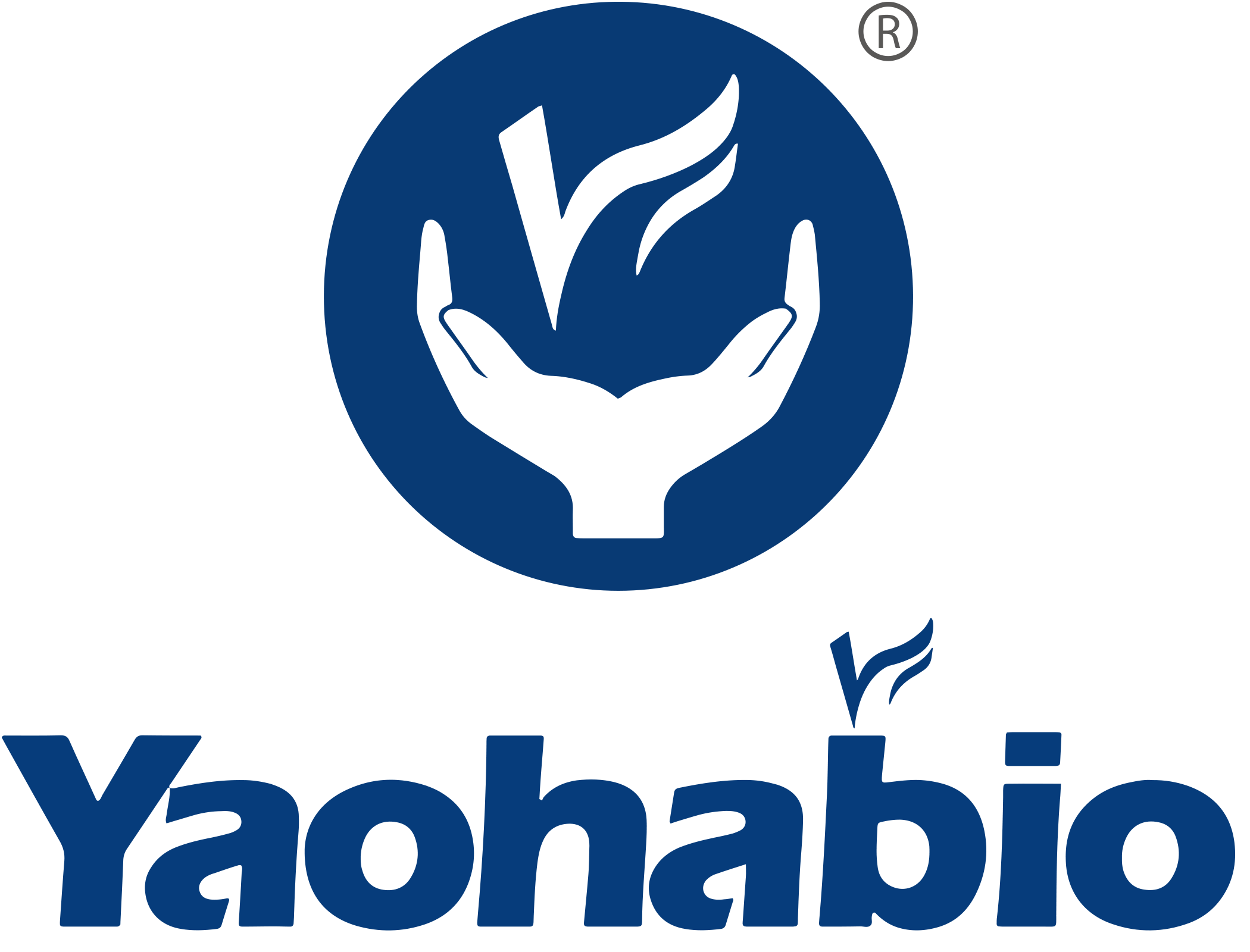Traditionele RNA-synthese methoden: voordelen en nadelen
Er zijn traditionele manieren om RNA te produceren, en twee van de meest gebruikte methoden zijn chemische synthese en in vitro transcriptie Vulling en afronding van grote moleculen . Als je kleine RNA-stukjes voorbereidt door een reeks synthetische chemische reacties, verwijst chemische synthese naar het gebruik van chemische reacties om de kleine stukjes samen te voegen. Wetenschappers kunnen daarna RNA-sequenties ontwerpen die specifiek zijn voor wat ze nodig hebben. In tegenstelling daaraan is in vitro transcriptie wanneer speciale eiwitten genaamd enzymen helpen bij het transcriberen van een DNA-strand naar RNA. Omdat dit de manier is waarop RNA Groot-molecule Lot Release Testing geproduceerd IND vs BLA Aanvraag met behulp van bestaande DNA-sjablonen wordt geproduceerd, is het proces ook belangrijk.
Hoewel deze klassieke methoden misschien RNA van goede kwaliteit kunnen produceren, zijn ze vrij problematisch. Chemische synthese kan bijvoorbeeld erg duur zijn, en het bouwen van RNA op die manier kost veel geld. Het afronden van het proces kan ook veel tijd kosten. Werken met lang of complex DNA kan uitdagingen opleveren bij in vitro transcriptie. Bovendien zijn de enzymen die in deze methode worden gebruikt niet altijd betrouwbaar en kunnen fouten invoeren in het geproduceerde RNA.
Nieuwe Technologie: RNA Synthese
Recentelijk hebben onderzoekers betere methoden ontwikkeld om RNA te maken dan die eerste CIDR-methoden. Een van deze nieuwe methoden heet vaste-fase-synthese. In deze methode worden RNA-moleculen op een vast oppervlak gesynthetiseerd. Dat maakt het mogelijk voor wetenschappers om hoge-kwaliteit RNA snel en met minder fouten te produceren. Deze methode is echt nuttig omdat het mogelijk maakt om RNA sneller te creëren terwijl de kwaliteit van het RNA wordt behouden.

 EN
EN
 AR
AR
 HR
HR
 CS
CS
 DA
DA
 NL
NL
 FI
FI
 FR
FR
 DE
DE
 EL
EL
 IT
IT
 JA
JA
 KO
KO
 NO
NO
 PL
PL
 PT
PT
 RO
RO
 RU
RU
 ES
ES
 SV
SV
 IW
IW
 ID
ID
 LV
LV
 LT
LT
 SR
SR
 SK
SK
 SL
SL
 UK
UK
 VI
VI
 ET
ET
 HU
HU
 TH
TH
 TR
TR
 FA
FA
 AF
AF
 MS
MS
 BE
BE
 MK
MK
 UR
UR
 BN
BN
